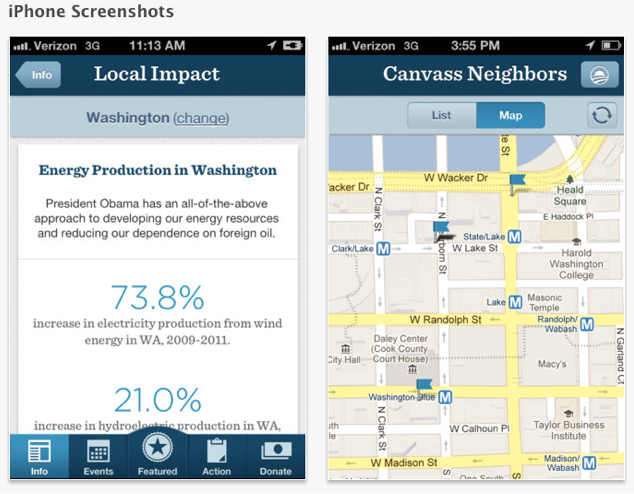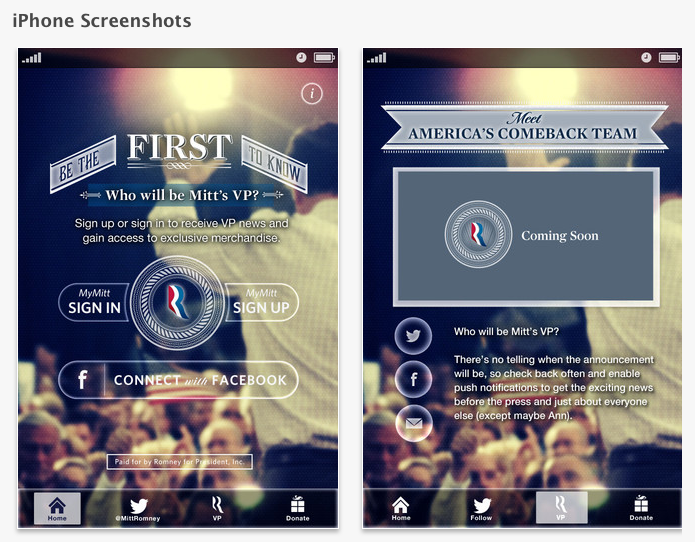Black Friday is like the “annual report” for mobile advertising – a yearly snapshot of how mobile ads are progressing and evolving. The big challenges are perennial – the gap between time spent on mobile and ad dollars allocated, consumer perception of mobile ads as annoying and intrusive, and low click rates. But every Black Friday, innovations and learnings from the past year move the needle on these challenges.
I asked John Shomaker, the CEO of AdJuggler, a digital ad management technology and media services company, for five trends we’re likely to see during this year’s shopping season:
1. Smart, hyper-local mobile campaigns will create a new shopping experience. Mobile advertisers are figuring out more effective hyper-local, geo-targeting campaigns that reflect the way consumers want to combine in-store shopping with product research on their smartphones. According to Shomaker: “Consumers want to find deals on their mobile devices they can use in physical stores they’re out visiting. Smart mobile advertisers are geo-targeting the perimeter of their physical store locations, and those of their competitors, with ads that offer special in-store promotions. Layer on top of that contextual relevance like keyword targeting and you can serve a product-specific creative that links to a relevant product page and promotion on the store’s mobile website or app, enhancing the in-store experience. The mobile ad and its click-through becomes an extension of the path the user is on; it’s no longer annoying and intrusive.”
2. Behavioral relevance will scale to reach holiday shoppers. “Targeting mobile users by behavioral segments, such as those from BlueKai, and executing these campaigns at scale using real-time bidding [RTB] is making us better at being relevant,” according to Shomaker. Pulling in social “likes” and shares and adding those to the audience segmentation model further improve the relevance of behavioral targeting. As mobile ads become less annoying and more relevant, clicks increase, thus creating an empirical basis for more mobile ad spend.
3. Successes are likely to occur in social, local and mobile. John Doerr of Kleiner Perkins Caufield & Byers coined “SoLoMo,” to predict huge business value as social, local and mobile converge. Doerr’s view is that on Black Friday, we’re going to see SoLoMo become reality. The Wall Street Journal reported that this past year, P.F. Chang’s “Lunar New Year” promotion saw 1 million people in one hour click, retweet or otherwise interact with a promoted tweet offering dining rewards to users, including those who searched on “Chinese New Year.” Shomaker says: “We saw that 70 percent of the audience response to this SoLoMo campaign was via a mobile device. P.F. Chang immediately shifted the entire campaign budget to mobile.”
4. Consumers will overcome the “fear factor.” IAB Rising Stars Program keeps user context and teaches audiences that it’s “awesome” to click mobile ads. Users fear the unknown, and this likely plays a role in today’s low response to mobile ads. Will clicking a mobile ad take you out of your app and lose your context? Not so, according to Shomaker. “The ads aren’t designed like that, because no one wants an ad to take them away from the place they want to be. The ‘IAB Rising Star’ ad units will allay those fears.” The Mobile Filmstrip unit, Pull unit, Adhesion Banner, Full-Page Flex unit, and the Slider unit take great care to bring brand assets into the ad rather than requiring a jump outside the app or a loss of context. It also all leverages touch, to keep mobile users engaged and in control.
5. Integration of mobile ads into multichannel campaigns will result in better lift. It’s widely believed that Black Friday will be a “multichannel holiday” because advertisers have learned to improve lift by integrating smartphone ads, tablet ads, Web, TV, even earned media/owned media/paid media campaigns to improve lift. “This last one is especially worth watching,” states Shomaker. “Display campaigns [i.e., paid media] now can feature a call to action in the social experience – for example, preference sharing or a social game. The interstitial page of the ad links to a social media marketing application, which is located at a deep link within the brand’s Facebook page [owned media]. Users ‘like’ the brand and socially share their preferences with all users in their social graph [earned media].”
This lift in social sharing, or earned-media lift, has proved important to marketers. The odds of a Facebook fan purchasing something from a brand are 5.3 times higher than for non-fans, according to Forrester Research’s report “The Facebook Factor.”
All told, mobile promises to become a much larger part of the marketing mix this Black Friday. It will also provide a window into how quickly the third screen gets adopted into commerce as a whole. Happy shopping.



